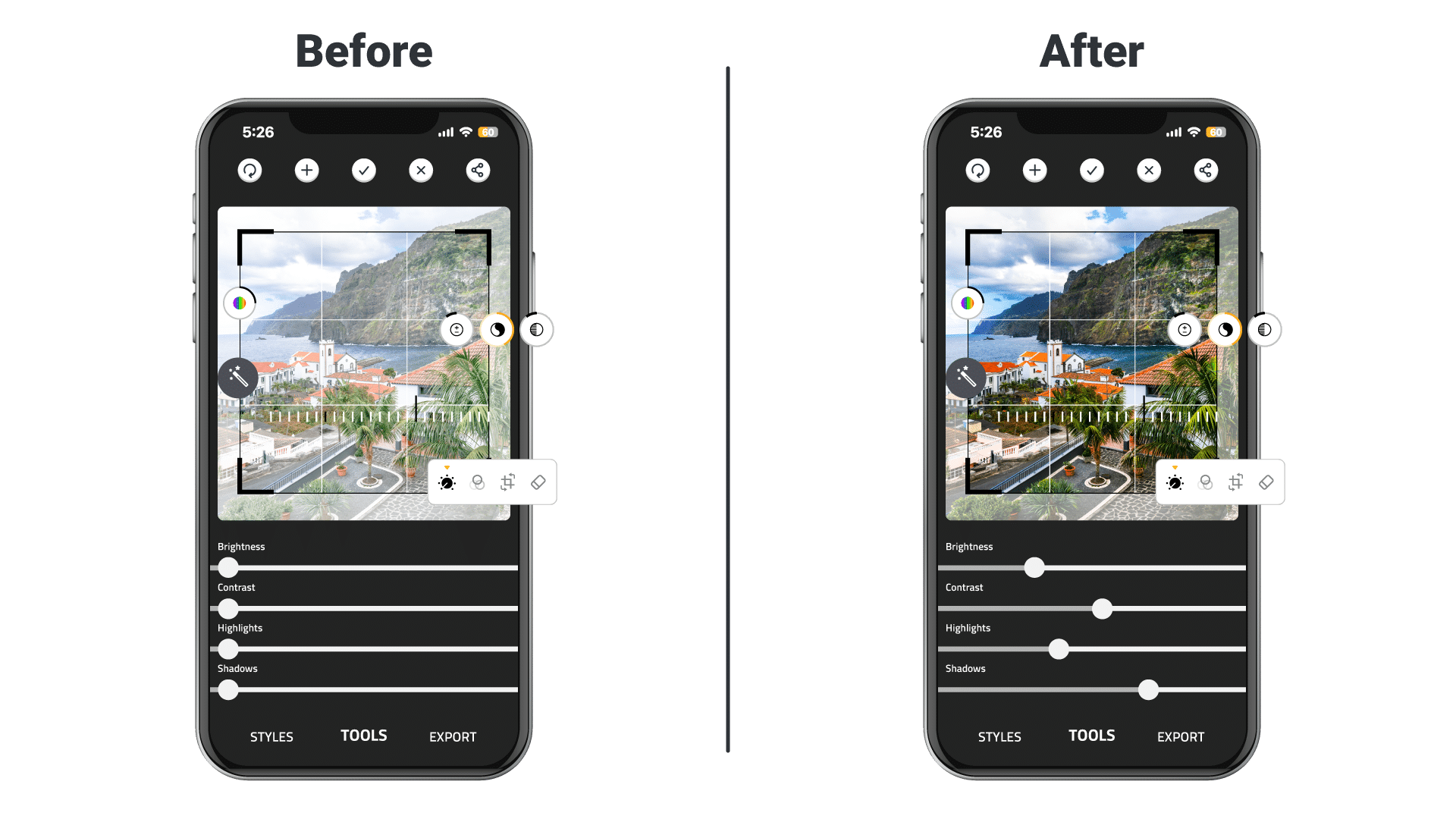How to Take a Professional Headshot With Your Cell Phone

As digital interactions often outweigh face-to-face meetings, your professional headshot carries more weight than ever. A clear, well-composed photo can communicate credibility, professionalism, and approachability. Whether it’s appearing on your company’s website, an industry directory, or a LinkedIn profile, your headshot is a direct reflection of your personal brand.
While hiring a professional photographer is ideal, modern smartphones have made it easier than ever to capture a high-quality headshot on your own, even without an expensive camera or studio.
The Tools and Technology That Matter
The capabilities of smartphone cameras have grown exponentially in recent years. Any model released since 2020 is likely equipped with a high-resolution camera, enhanced software processing, and shooting features such as portrait mode or high dynamic range (HDR). These features are more than marketing fluff, as they can meaningfully improve the quality of your image.
To maximize your results, treat your smartphone like the professional tool it is:
- Stabilize Your Phone using a tripod or propping it on a flat, steady surface. Shaky hands lead to blurry images, even with built-in image stabilization. Experiment with where you place your phone by taking different shots from different angles.
- Use the Self-Timer to avoid the awkward arm extension of selfies. A 10–30 second timer lets you compose yourself and pose naturally. This headshot should be planned, not a one-off selfie with no thought.
- Enable HDR mode to increase the detail captured in both highlights and shadows. This is especially helpful if you’re using natural lighting from a window or are outdoors. HDR is enabled by default on many modern cell phones, including iPhones, so don’t worry if the setting is hard to find.
- Avoid digital zoom, which can degrade image quality. If you need a tighter frame, crop the photo after you’ve taken it instead of zooming in. Because modern phones take photos in such high resolutions, it’s very easy to edit after the fact, rather than zoom in during the shot itself.
And, as always, use your phone’s rear camera rather than the front-facing one. Rear cameras almost always have better resolution and produce sharper results.
Photo Composition Tips That Make a Difference
The composition of your headshot is where many DIY photos fall short. While the technical quality of your camera matters, how you frame and light the shot has a bigger impact on how professional the final image looks.
Here are some foundational composition principles:
- Choose a clean, uncluttered background. A plain wall, soft curtain, or minimal office setting keeps the focus on you. Avoid bright colors or anything with text or logos behind you, unless your brand relies on these colors/props.
- Use natural light whenever possible. Stand near a window, ideally during the morning or late afternoon for softer light. Harsh overhead or artificial lighting can cast unflattering shadows and add glare.
- Mind your posture and chin placement. Sit or stand tall with your shoulders relaxed. Lower your chin slightly to avoid shadows under the neck and define your jawline. Avoid angles that cut off the top of your head or leave too much space above it.
- Follow the rule of thirds. Most smartphones offer a grid feature that divides the screen into nine parts. Position your eyes along the top horizontal line for balanced and flattering framing.
A confident but approachable facial expression works best. Think about the message you want to convey—warmth, competence, authority—and let that guide your smile and demeanor. For client-facing professionals, especially in sensitive industries like collections, a balance of professionalism and kindness is often the most effective tone.
Capturing the Right Moment
Take several photos in one session so you have options to choose from. Try a few variations in expression, angle, and lighting, making small adjustments each time. Review each photo carefully to see what works best for your face shape, hairstyle, and clothing.
Don’t be discouraged if it takes some time to find your best shot. Even professional photographers spend time experimenting to capture the right image. The benefit of using your own device is the flexibility to shoot multiple versions until you’re satisfied.
Enhancing Your Shot With Photo Editing Features or Applications
After selecting your favorite shot, light editing can go a long way toward enhancing the image without making it look overprocessed. Both iPhones and Android phones offer native photo editing tools that allow adjustments to exposure, contrast, warmth, sharpness, and more.
Some tips for thoughtful editing:
- Adjust brightness and contrast to ensure your face is well lit without overexposing the image.
- Enhance sharpness slightly to add clarity to your features.
- Use saturation and warmth carefully. A neutral tone is generally more versatile and professional.
- Remove blemishes sparingly. Your photo should still look like you on a regular workday.

For those comfortable with mobile apps, tools like Snapseed, Adobe Lightroom Mobile, or AI-assisted apps like Lensa or FaceTune can further refine the image. These can subtly clean up backgrounds, fix stray hairs, and smooth lighting inconsistencies—just avoid filters or effects that distort your appearance.
But, like everything in this article, experiment! If adjusting sharpness feels off to you, it will likely feel off to everyone else. You know your face better than anyone, so adjust accordingly to provide the perfect framework for your headshot.
Your Headshot is an Investment in Your Personal Brand
A high-quality headshot doesn’t require a studio session. With a bit of planning, basic equipment, and attention to detail, anyone can create a clean, professional image using just a smartphone. And while the image itself may be static, its impact is ongoing—appearing on company websites, email signatures, conference materials, and social media platforms.
In professional services industries where trust and credibility are central, your headshot is part of how you build relationships before a conversation even begins. Whether you’re representing a brand, working in a client-facing role, or simply updating your online presence, taking the time to present yourself with clarity and confidence is well worth the effort.
About the Author: Katalina Dawson
Katalina Dawson is the Executive Vice President at Branding Arc, where she leads the development of creative marketing strategies tailored to the receivables industry. With a background in event management and copywriting, she brings a dynamic, results-driven approach to client engagement and brand storytelling.
Katalina is actively involved in industry organizations, currently serving as a Board Member and Chair of the Website and Marketing Committee for Women of Debt Relief (WoDR) and as a member of the Editorial Committee at Receivables Management Association International (RMAI). Her work in these roles supports thought leadership, professional engagement, and the digital growth of the receivables community.









